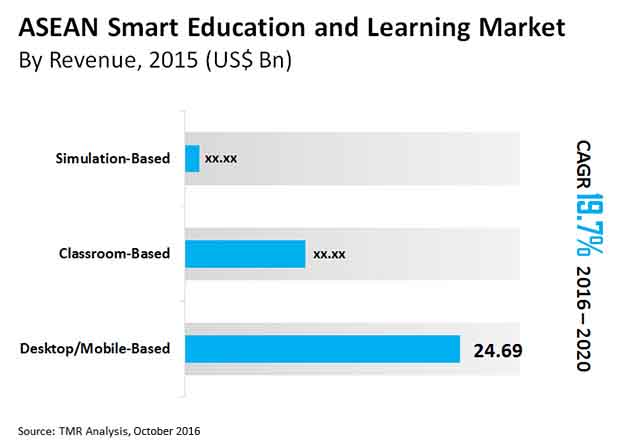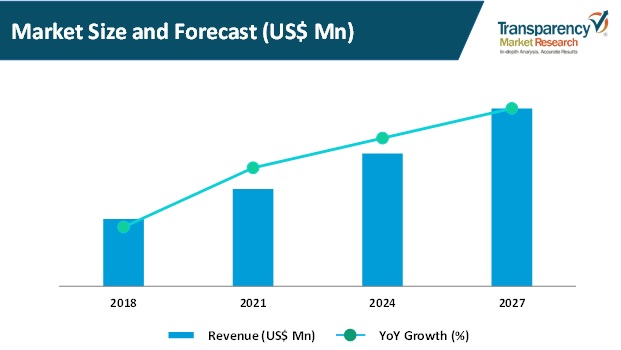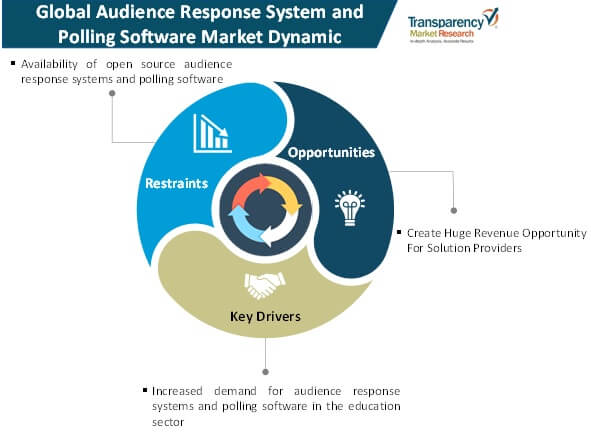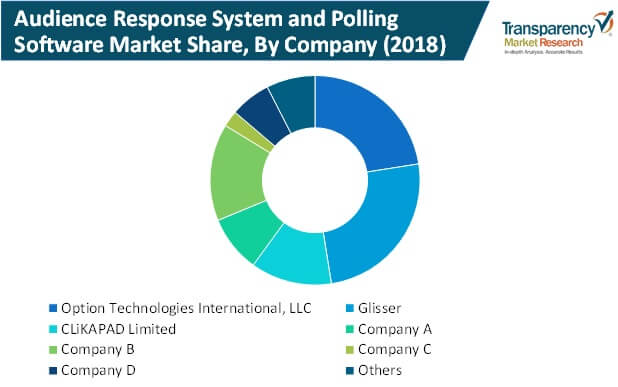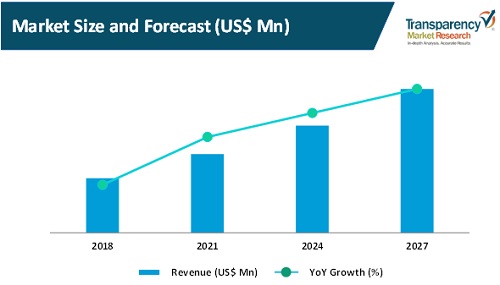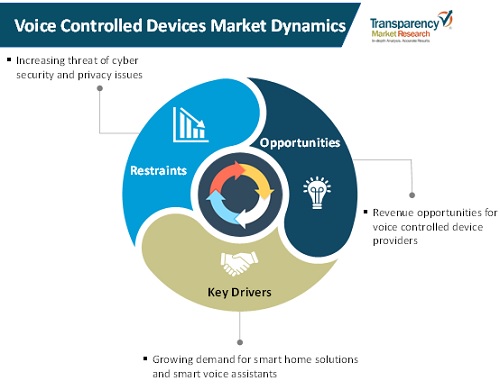According to a new market report published by Transparency Market Research “Insect Repellent Market - Europe Industry Analysis, Size, Share, Growth, Trends and Forecast 2015 - 2023,” in terms of revenue, Europe insect repellent market was valued at US$1.40 bn in 2014, and is expected to reach US$1.82 bn by 2023, increasing at a CAGR of 3.0% from 2015 to 2023.
Browse the full Insect Repellent Market (By Product Type: Body Worn Insect Repellent, Non Body Worn Insect Repellent) - Europe Industry Analysis, Size, Share, Growth, Trends and Forecast 2015 - 2023 report at https://www.transparencymarketresearch.com/europe-insect-repellent-market.html
The insect repellant market in Europe is primarily driven by increasing concerns about insect-borne diseases and existence of strong distribution networks in the continent. Furthermore, rising demand for natural insect repellant products is likely to create a potential growth opportunity for the insect repellant market in the future. However, strict government regulations pertaining to safety of insect repellent products is expected to hinder the growth of the market throughout the forecast period.
On the basis of product type, the insect repellent market in Europe is subdivided into body worn insect repellent and non body worn insect repellent. The market for body worn insect repellent is driven by increasing consumer awareness about the safety aspect of these products. These insect repellents are mostly made of natural ingredients such as citronella oil and eucalyptus oil, which have minimal toxicity levels and do not have any side effects when applied on the skin. Insect repellent sprays are also manufactured from these natural raw materials and are considered to be safe for children, with little or no side effects.
Request Sample PDF With Strategic Insights @ https://www.transparencymarketresearch.com/sample/sample.php?flag=S&rep_id=10349
Non body worn insect repellents provide protection from critical insect-borne diseases such as malaria, dengue, Lyme disease and yellow fever among others. Moreover, low price of these products and easy availability across online stores, retail outlets, supermarkets, and hypermarkets are propelling the growth of the non body worn insect repellent products market in Europe. Thus by revenue, non body worn insect repellent was the largest contributor in the insect repellent market in Europe in 2014 and accounted for market share of approximately 96%.
The market for body worn insect repellent in Europe is further subdivided into oils and creams, apparel, stickers and patches, and aerosols. By revenue, oils and cream was the largest contributor to the market for body worn insect repellent in 2014. The major reason is attributed to wide utilization of these products in order to protect an individual from the bites of mites, mosquitoes, lice and ticks among others.
The market for non body worn insect repellent in Europe is further classified into coils, mats and sheets, liquid vaporizers, and aerosols. By revenue, aerosol was the largest contributor to the market for non body worn insect repellent in 2014. Aerosol cans are extensively used to repel or kill different insects including flies, mosquitoes, and cockroaches among others.
The insect repellent market in Europe is divided into fourteen countries: - Germany, U.K. France, Italy, Spain, Belgium, Switzerland, Netherlands, Denmark, Norway, Sweden, Finland, Iceland, and rest of Europe. In terms of revenue, Italy was the largest contributor in the market in 2014, accounting for a market share of approximately 20%. The market for insect repellent products in Italy is likely to grow at a rapid pace, owing to increasing health consciousness among consumers. Moreover, factors such as low prices of mosquito repellent coils and aerosol based insecticides in Italy are also responsible for propelling the growth of the market. However, the insect repellent market in the U.K. is likely to grow at the highest CAGR during the forecast period. The major reason is attributed to increasing prevalence of mosquitoes, ants, wasps, and flies among others in the country during the summer months. In addition, insect repellents are more popular in rural areas than urban areas as problems such as wasps are less common in towns and cities.
Some of the leading players in the insect repellent market in Europe are Avon Products Inc. (U.S.), S.C. Johnson & Son, Inc. (U.S.), 3M Corporation (U.S.), E.I. DuPont de Nemours and Company (U.S.), BASF S.E (Germany) and Omega Pharma (Belgium). Key players have also been profiled on the basis of company overview, financial overview, business strategies and recent developments in the field of insect repellent.

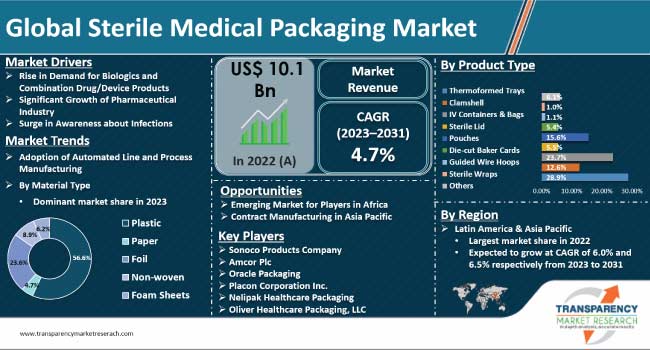
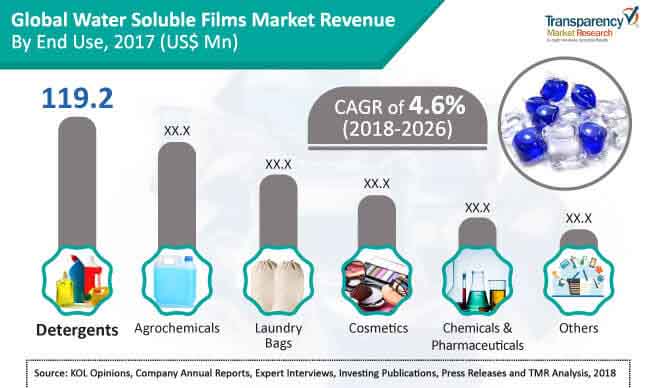
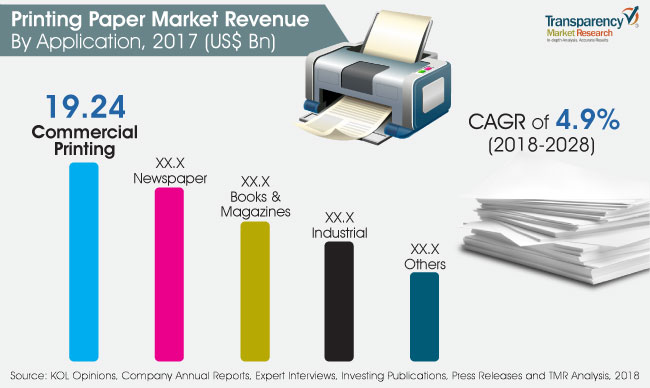
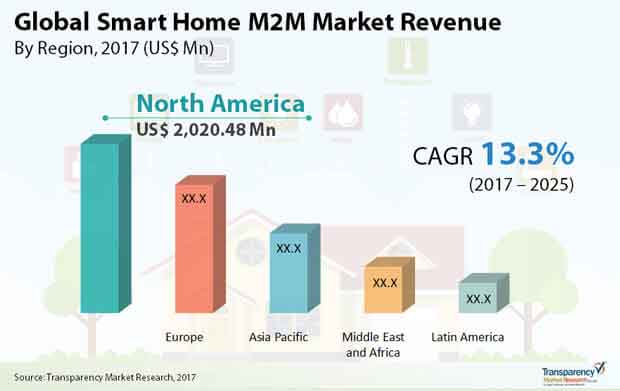
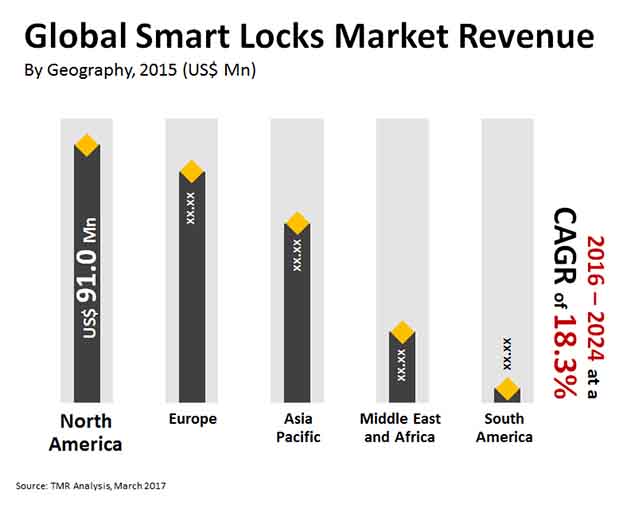
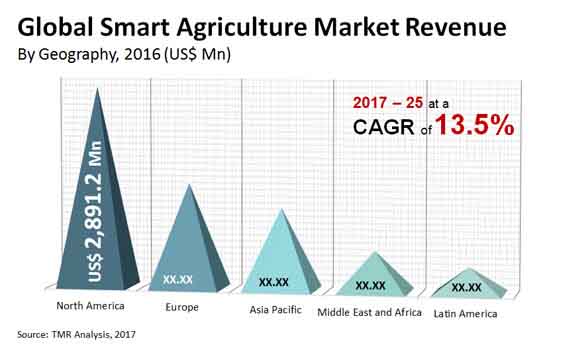
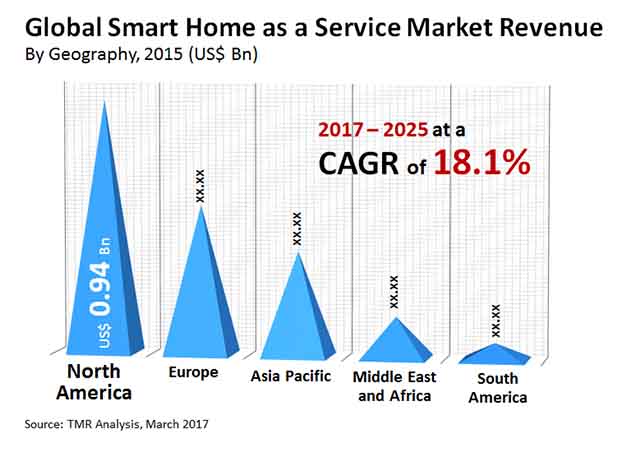 Cost Effectiveness to be Key Capitalizing Point
Cost Effectiveness to be Key Capitalizing Point